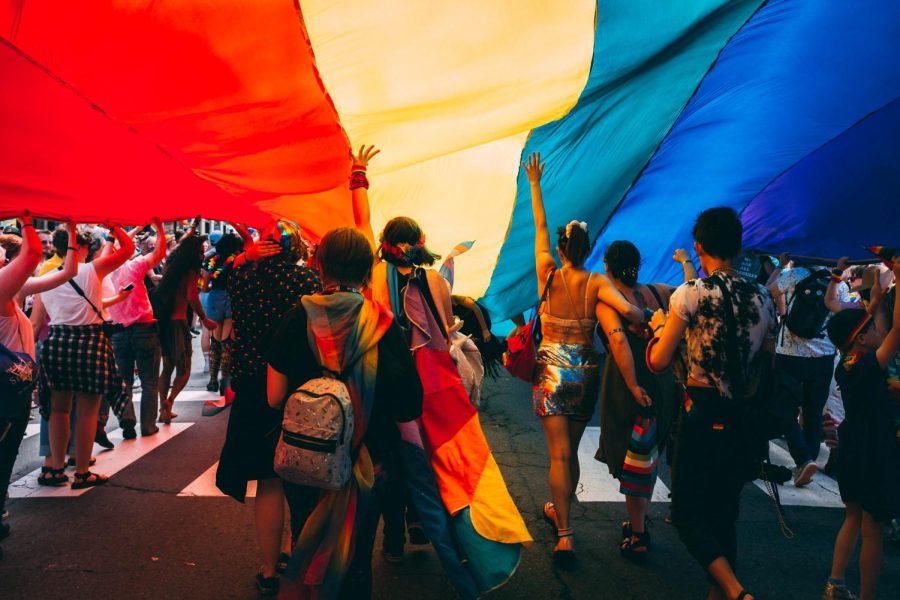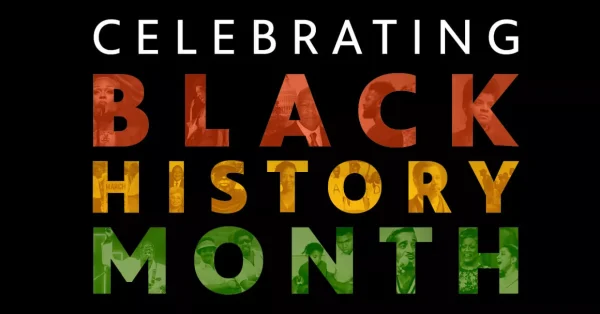Say Gay: A History Of The ‘Don’t Say Gay’ Bill.
On October 21st of 2022, Republican House Representative Mike Johnson, with the support of 32 other Republicans, introduced the ‘Stop The Sexualization Of Children Act.’ Its seemingly good-natured name, however, is misleading. Reading the six page outline of the bill, it includes laws that target the education of LGBTQ+ topics. Some examples of this language include “No federal funds may be made available to develop, implement, facilitate, or fund any sexually-oriented program, event, or literature for children under the age of 10, including hosting or promoting any program, event, or literature involving sexually-oriented material.” In this case, the ‘sexually-oriented material’ as started by the article includes “…any topic involving gender identity, gender dysphoria, transgenderism, sexual orientation, or related subjects.” The bill also makes it easier to sue any program that presents the above defined ‘sexually-oriented material.’ “A parent or legal guardian of a child may bring a civil action for injunctive relief in any Federal district court of appropriate jurisdiction against a government official, government agency, or private entity for a violation of subsection (a) or subsection (b) by such an official, agency, or entity if the child was—(A) exposed to sexually-oriented material funded in part or in whole by Federal funds; and (B) under the age of 10 at the time that such exposure occurred. ” This claims that even if by accident a child is exposed to any LGBTQ+ event, no matter what it was, the parent of that child has the right to sue and will most likely win. Now, while this has been introduced at a national level, Democrats hold the majority of the House and Congress and will most likely vote against it, meaning such a bill would be unlikely to pass at this moment. But the question remains, how did we get here? Why is there a national ‘Don’t Say Gay’ bill in the first place?
The story starts in the Southwest Florida area on March 3rd of 2022. Students of the area walked out against the recently proposed ‘Don’t Say Gay’ bill. This bill, in its most general sense, implements three main rules. First, it bans LGBTQ+ topics from being taught or brought up in casual conversation. This includes that if a student had LGBTQ+ parents, or if their parents were in a non-straight relationship, the school and teachers cannot acknowledge that relationship in any sense. Secondly, parents have more ability to sue the schools if they were to teach something the parents didn’t approve of. Lastly, parents are required to be told if their child seeks out mental health programs at school, which includes mental health struggles caused by sexual orientation or gender identity. This discourages students from reaching out to professionals about who they are, which can cause even more stress for those students.
Despite protest, the ‘Don’t Say Gay’ bill was signed on March 28th of 2022 by Florida Governor Ron DeSantis. This bill came in conflict with the recent rise of pro-LGBTQ+ bills on both a federal and state level, granting more protection and equality to people who identify as LGBTQ+. Despite mass outrage from politicians and celebrities condemning the bill, including President Joe Biden who claimed it was “hateful,” it was implemented at the state level and took full effect on July 1st, 2022.
The first reported victim of the ‘Don’t Say Gay’ bill was Casey Scott, who worked at Trafalgar Middle School in Florida. While teaching art class, she revealed to the class that she was pansexual after being asked by a student about her sexual orientation. This meant she was attracted to people of all genders. She then encouraged the class the draw flags that represent who they are, a small handful of the students drew gay pride and transgender flags. After hanging the flags on the door of her classroom, including the gay and transgender flags, she was told it was “in her best interest” if she took them down, which she immediately did. Later that day, the school fired her because she “strayed from the curriculum.” Not only was Casey Scott fired for sharing her sexual orientation and encouraging others to represent themselves, but she was fired on May 5th, almost two months before the bill fully went into effect. This created tension on how LGBTQ+ topics would be handled once the bill was fully in effect.
After this, other states proposed similar bills that attacks LGBTQ+ education and services provided to children. In April of 2022, Arizona passed a bill that would punish teachers if they don’t report a child’s sexuality or gender identity if a student were to come out to them. In the same month, Iowa, Indiana, Oklahoma, Arizona and Utah banned transgender athletes playing in the sport of their gender identity, despite studies showing that after a year or two of transitioning, Transgender Athletes Have The Same Physical Ability As Cisgender Athletes. By July of 2022, around 18 states had implemented this ban. More recently in September of 2022, Alabama’s Board Of Education passed a similar law to the Florida law, banning LGBTQ+ material from schools through the fifth grade.
Within the span of roughly eight months, we went from the Florida passing the first ‘Don’t Say Gay’ bill, to several other anti-LGBTQ+ bills introduced and passed by over a dozen other states, all the way to a bill being introduced at a national level. This national threat against LGBTQ+ curriculum shows a shift in how we view LGBTQ+ issues. Despite an increase of celebrities coming out, more countries allowing for gay marriage, and a large increase of LGBTQ+ representation in media among most genres of shows, there’s an equal amount of effort being put against these efforts. Especially as we reach the midterms and new government members of Congress and state are voted in, the future of the ‘Don’t Say Gay’ bill becomes more uncertian.





